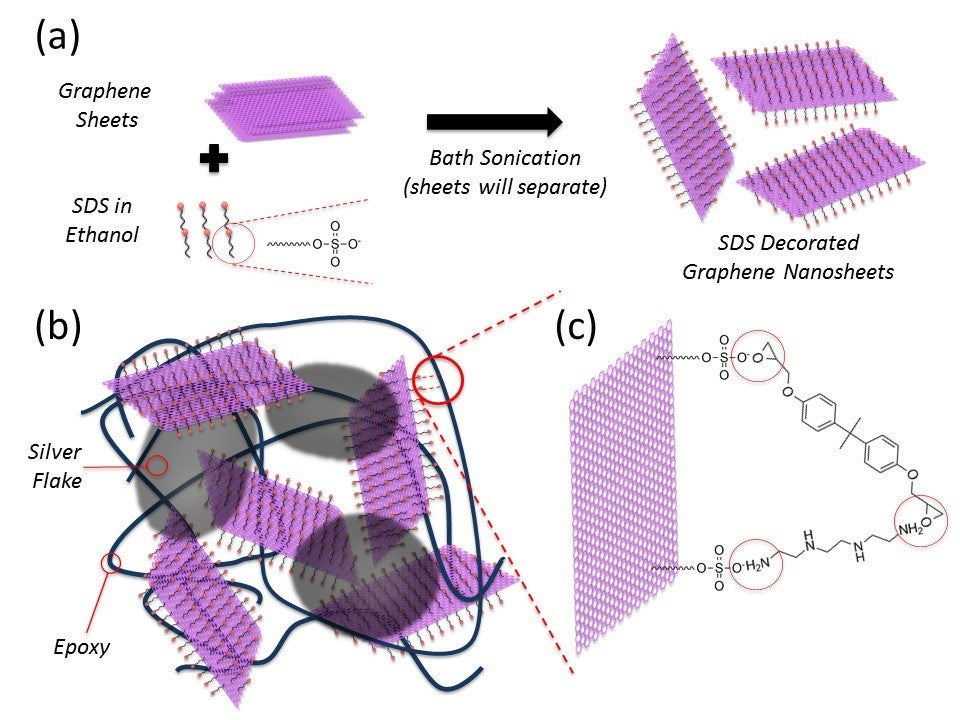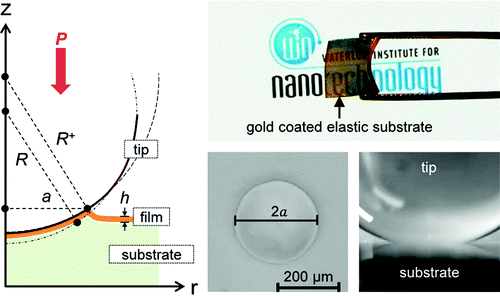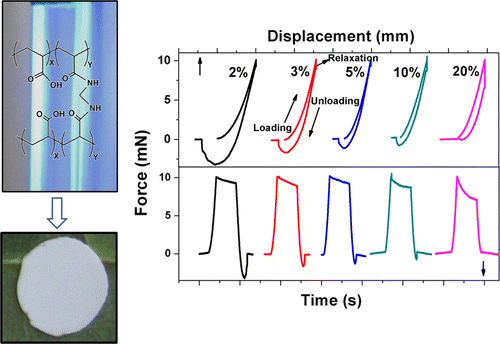Much of our work is motivated by the fundamental challenge and the growing need of in advanced manufacturing (e.g. "grend "smart" materials and processes, additive manufacture or 3D printing). One focus of our research has been the exploration of the adhesion, surface forces, and associated micro-mechanical properties of soft materials including both synthetic and biological polymers, sticky fluids (e.g. , adhesives, pastes, inks and lubricants), and biological tissues under micro- and confinements. In addition to generating knowledge and making new discoveries, our research program aims to explore practical applications for responsive and "smart" devices by combining novel micro- and nano-fabrication, and surface engineering techniques with an approach. In other words, we learn engineering principles from superior biological designs and tailor physical chemical properties of macromolecules and associated with phenomena such as wetting, deformation, cracking. Broadly speaking, the projects addressed by our research program fall into one or more of the following areas.






